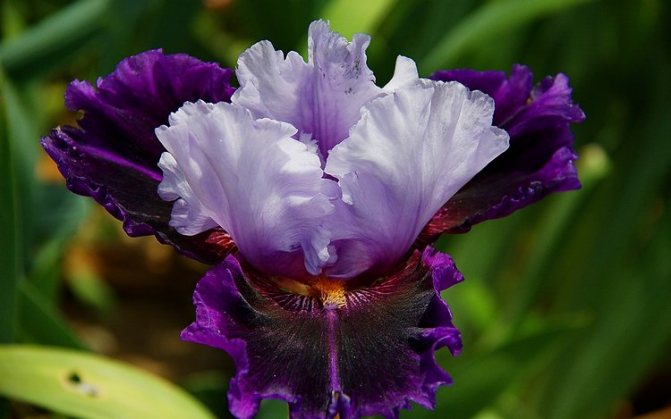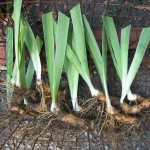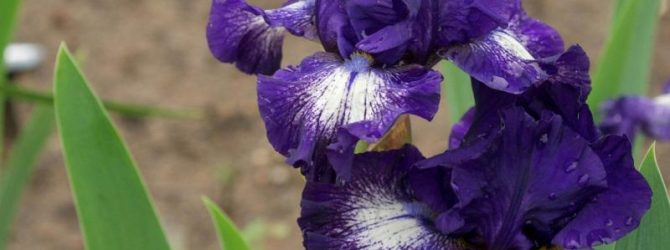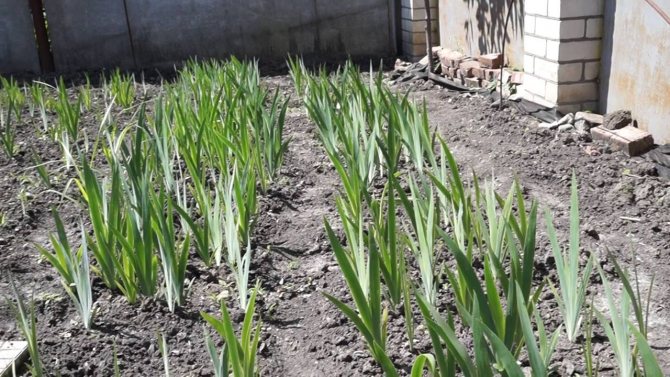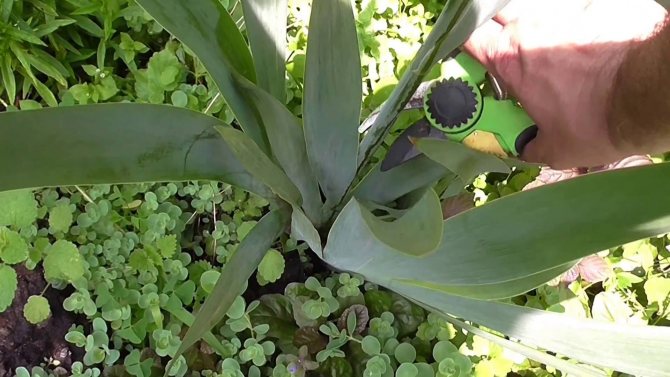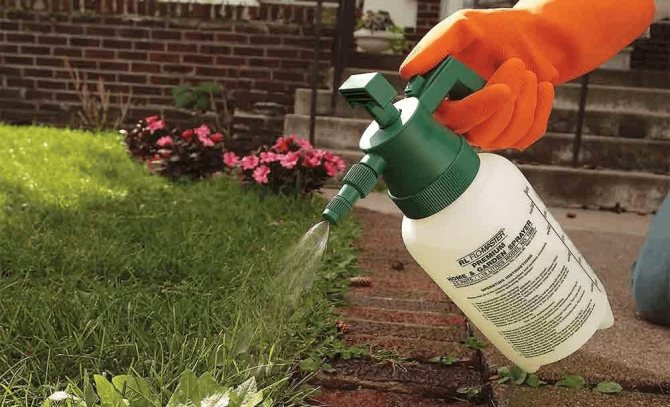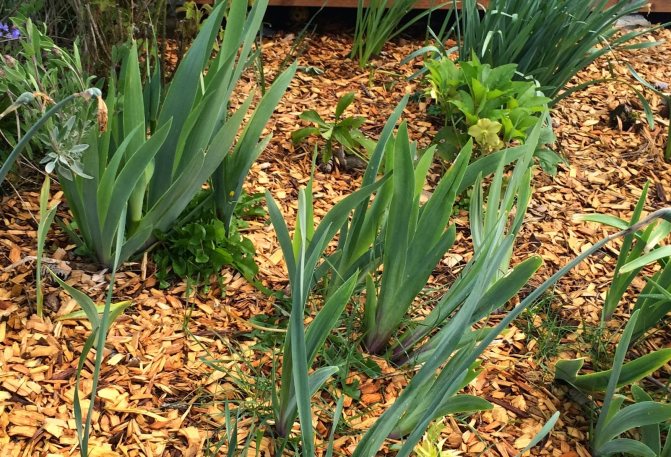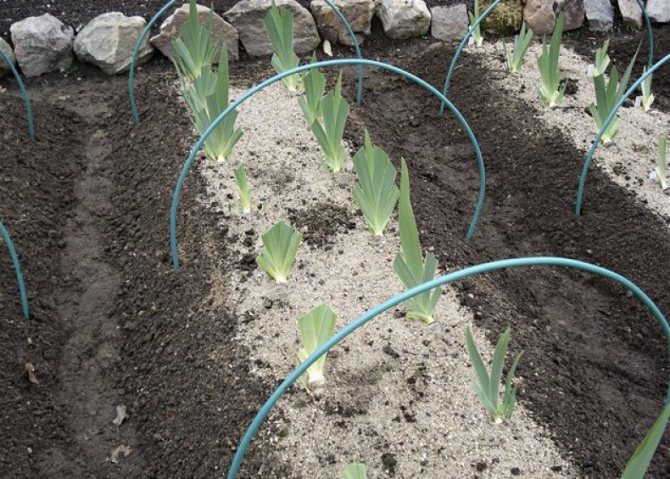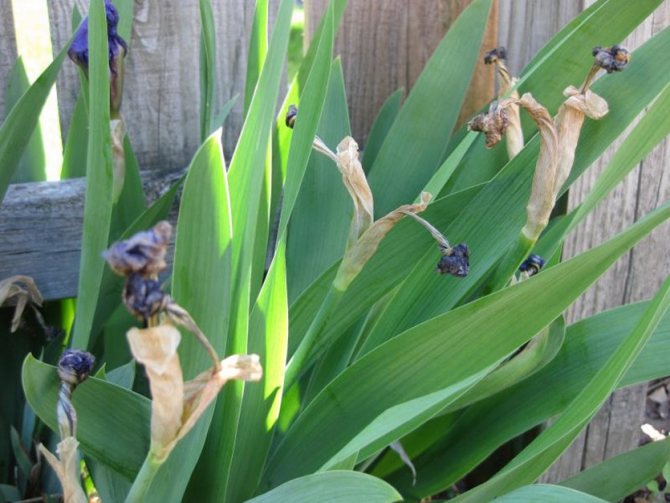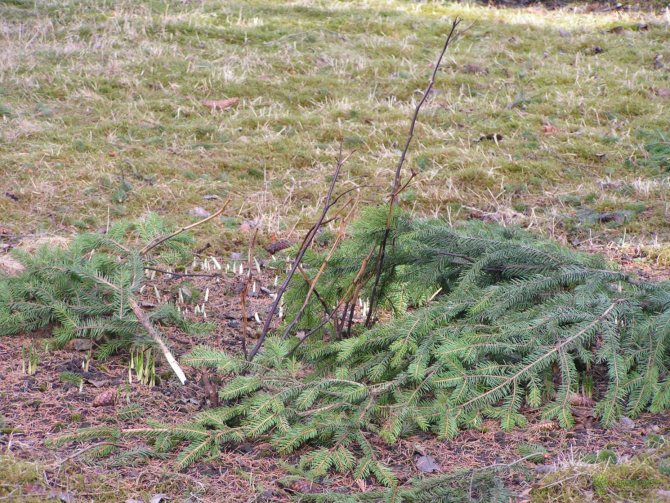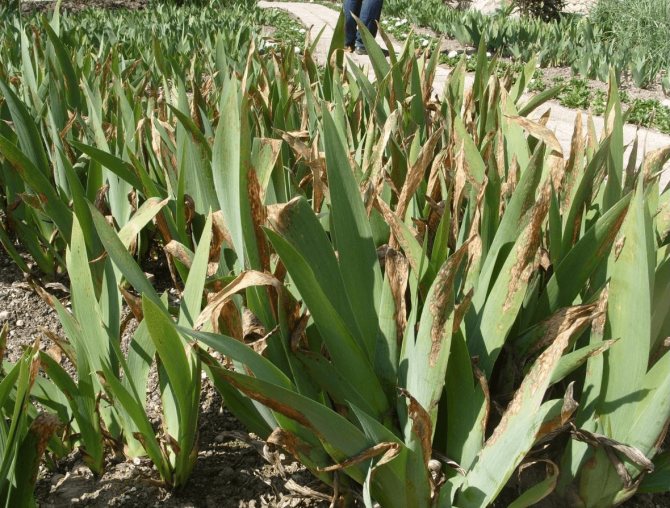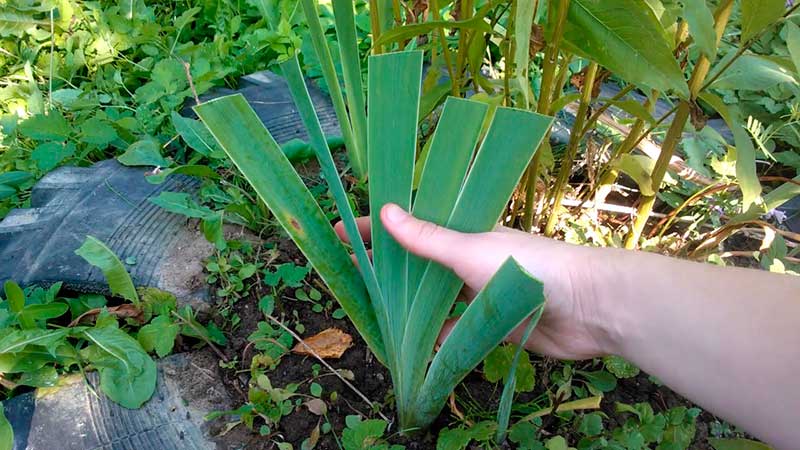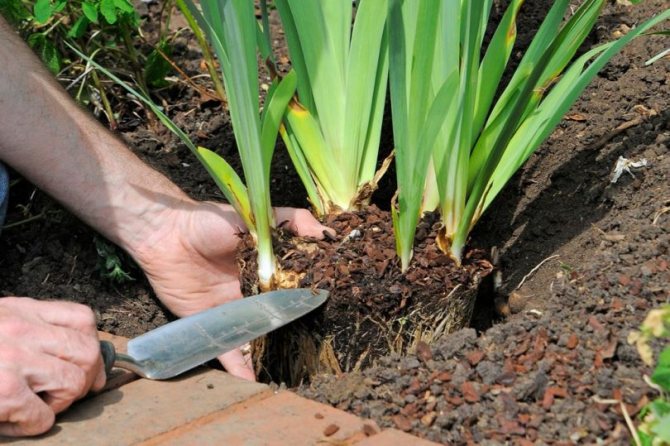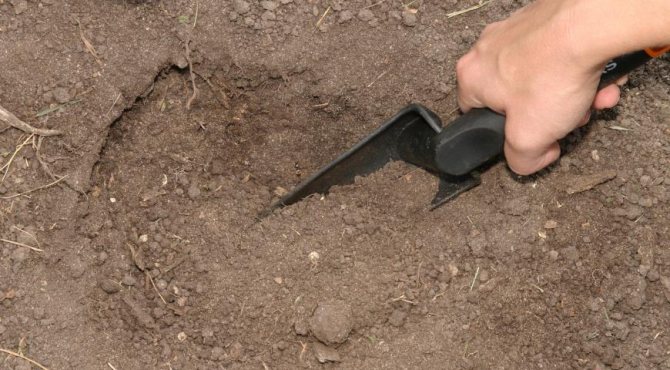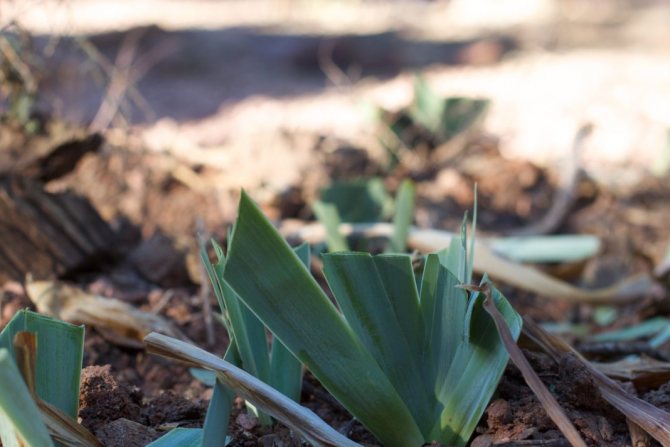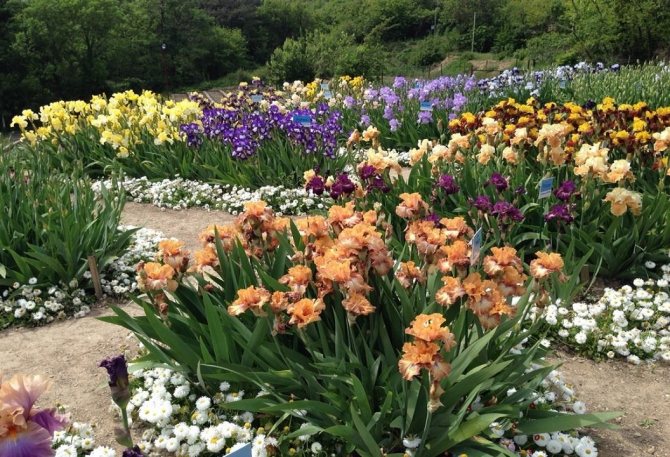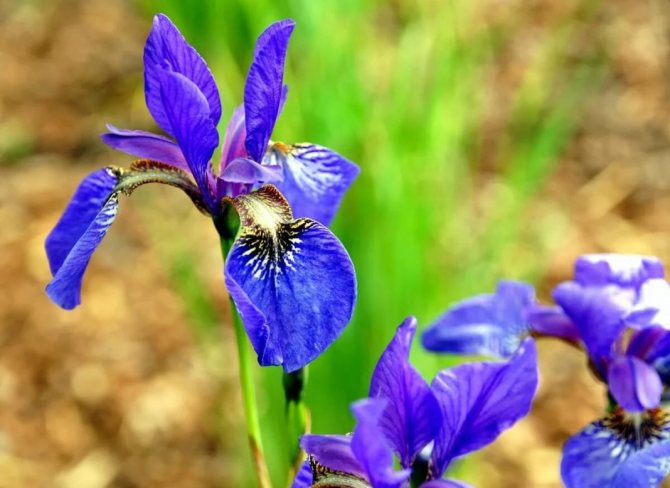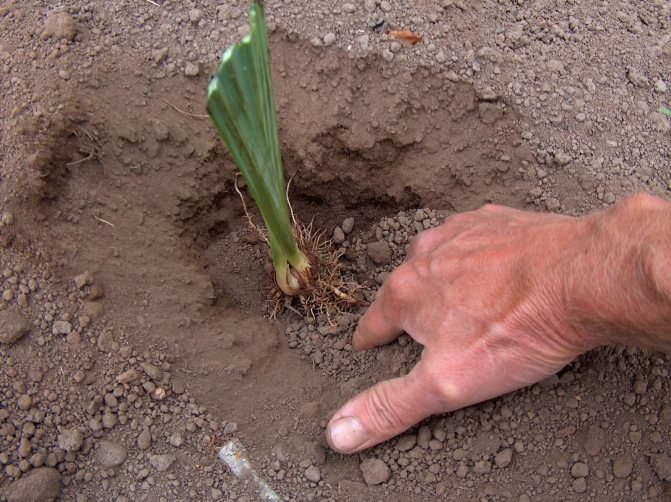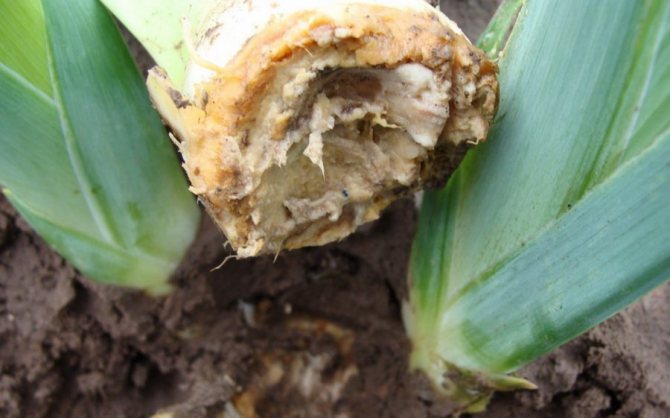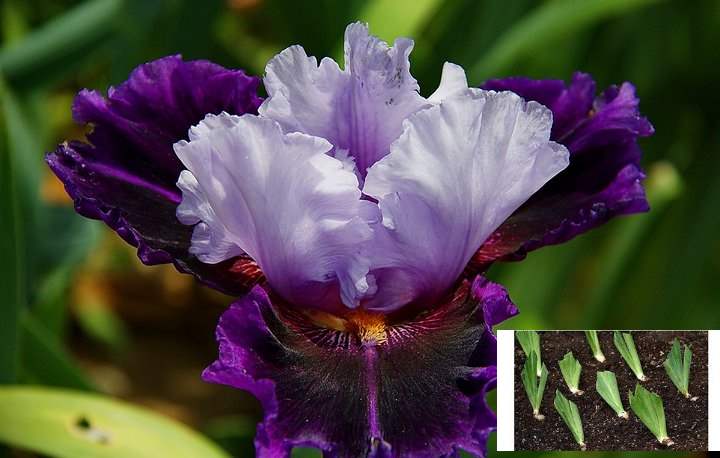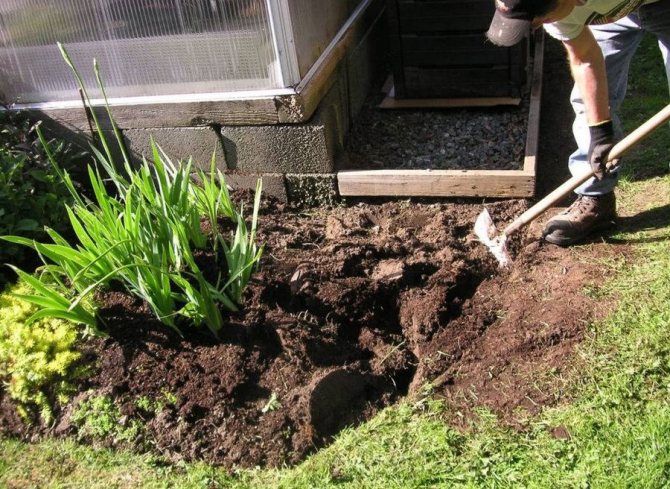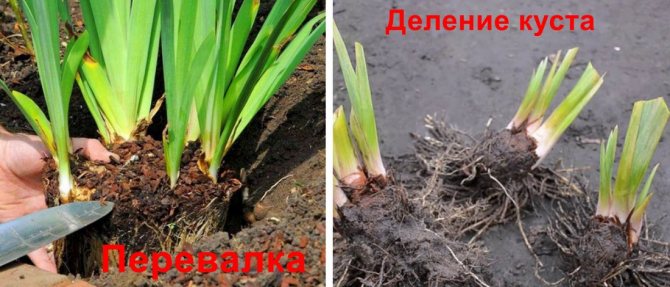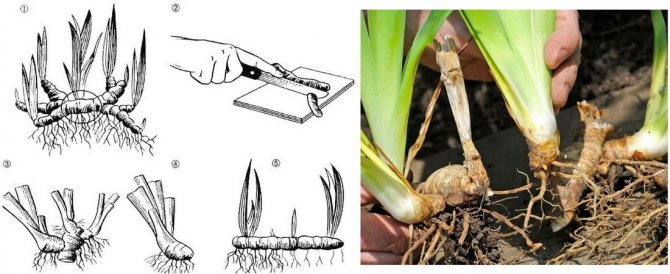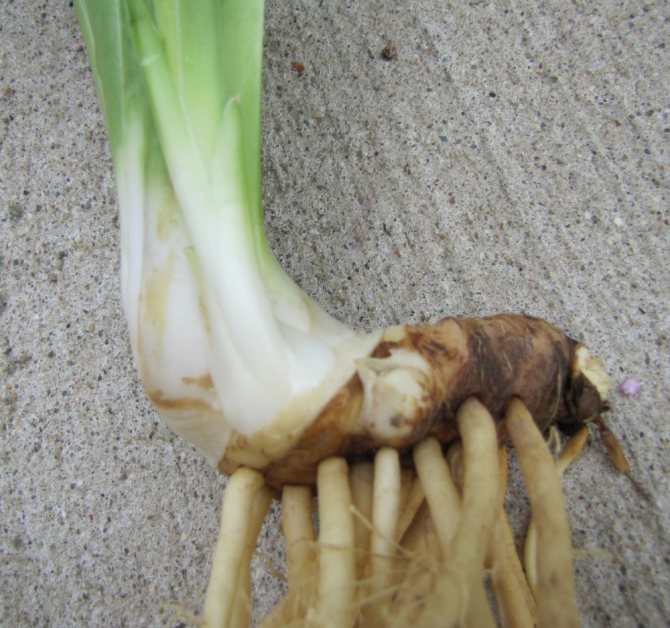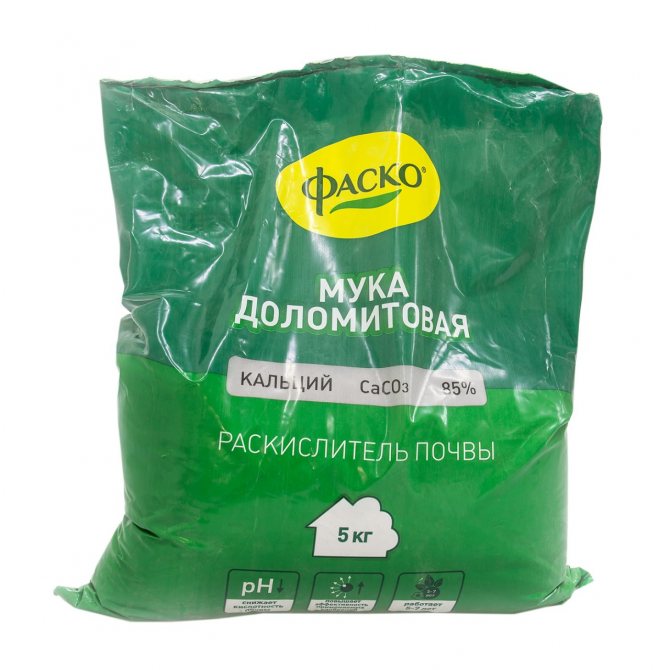Planting irises has become very popular among florists since the full benefits of this rainbow flower and its rich color range have been revealed. A perennial is able to decorate the garden for a long time, without causing the owner significant trouble with care. They decorate not only flower beds, but also the adjacent territory, entrances to the entrances. If anyone has a summer cottage, then they will certainly settle rainbow flowers. Flowers are planted not only in spring, but also in autumn. At the same time, the places for planting cockerels should be well lit, without stagnation of excess moisture.
Features of autumn planting
The amazing vitality of the flower allows you to freely experiment with the timing of planting in the open field, choosing the optimal time for good rooting and the subsequent formation of peduncles. The simplicity of irises made it possible to grow them in a wide range of climatic zones from Siberia to arid southern regions.
Breeders have bred many hybrids with a color from white to almost black, with a purple tint. Such a riot of colors only confirms the name of the flower, which is translated from Greek as "rainbow".
A perennial grows quietly in one place up to 5-6 years without a transplant and daily care.
If a change of location or planting of an overgrown bush is required, then autumn or the last days of summer are usually chosen for this - during this period the flowering has already passed, the root buds are sufficiently strong and division will not disrupt their structure.
Important: the activity of pests and pathogenic bacteria decreases in the fall, the iris will take root more successfully and wake up earlier in the spring.
How to choose planting material

For complete confidence in the variety, it is recommended to buy an iris seedling in a flowering state. However, such specimens do not take root well and walk away from stress for a long time. When choosing, it is worth giving preference to copies with the following characteristics:
- strong main stem;
- at least 2 additional baby sprouts;
- light, not overdried, developed roots without signs of disease.
Reference! In seedlings with one sprout, flowering occurs only after 2 seasons, since next year the iris will develop roots and form shoots.
Optimal timing
Breeding work on the development of new, frost-resistant varieties made it possible to plant irises in Siberia, in the Urals and in the Moscow region.
Preference is given to varieties:
- White moth;
- Ruby Morne;
- Hang glider;
- Queen's show;
- Hubbard.
Species of bearded iris are more capricious, but subject to the technology and planting dates, they also grow successfully in open ground.
By region
For northern regions, it is recommended to plant irises in early September. They will have time to take root and gain strength.
Autumn planting is preferable for bulbous varieties, and those that have a rhizome are best left for the spring.
For the southern regions, the planting date can be postponed to the end of September or even mid-October.
If irises are planted too early, they will take this as a guide to action and the buds that have fallen asleep for the winter will awaken.
The time remaining before the first frost serves as a guide. Should be in stock for about a month.
Lunar calendar
Each year, new recommendations are made for planting and caring for various crops in accordance with the lunar cycles.
There are special rules for bulbous, root and fruit trees.
- The general condition is a ban on any planting on the days of the new moon, full moon, the day before and after them.
- Planting is usually carried out on a waxing moon, pruning and weeding on a waning moon.
Preparation for planting seeds and locations


Iris seeds
Sometimes iris seeds are used for planting. Not everyone knows how they look, and experienced florists do not recommend using this method. Firstly, it will take a long time to wait for flowering, and secondly, the properties of the mother flower may not be transferred to the daughter plant, and the owner will be disappointed. This method of growing planting material is used mainly by breeders.
A detailed instruction on planting and breeding rainbow flowers contains a lot of recommendations. Before you start decorating a flower garden, you need to understand what kind of soil irises like, and in what place it is better to place them so that the flowering is violent and colorful. It directly depends on the selected variety. Bulbous varieties prefer flower beds in an open, sunny location. It should be protected from drafts and moderately warm, but intense heat is also undesirable for flowers.
Rhizome species of irises love the sun, but they may well delight with flowering in partial shade. For normal growth and development of their root system, at least half a meter of free space is needed. All varieties and types of this plant prefer nutrient-rich, oily and loose soil. Before planting irises, the flower bed is filled with phosphorus-potassium fertilizers and compost.
Iris diseases
Attention! It is not recommended to bring fresh manure to the garden where it is planned to grow irises.
As for the moisture content of the land on the site, then for each variety the choice should be individual. Bearded species should be planted on slopes where there is a good outflow of melt and rain moisture. Siberian and marsh varieties allow cultivation in places where there is always high humidity: in the partial shade of trees or near water bodies.
Before planting irises on a flower bed, it should be dug onto a shovel bayonet, treated with herbicides that prevent the appearance of weeds, and fungicides that protect against fungal infections. The soil for rhizome irises should be neutral in terms of acidity. If this figure is too high, then you need to add chalk or ash.
Site preparation
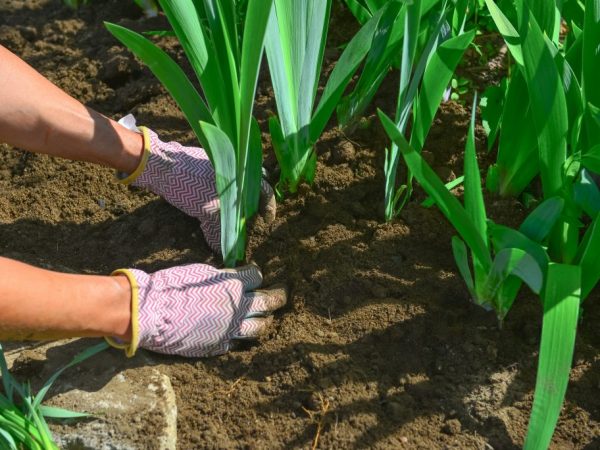

Irisam is suitable for a sunny area
When choosing the optimal place for a flower bed, it is worth remembering that irises cannot live without the sun. In shaded areas, they will not bloom or will quickly degenerate into nondescript inflorescences.
But their moisture needs are different and depend on the species. Swamp iris feels great in wet areas, but this is rather an exception to the rule.
It is much easier for these flowers to tolerate a lack of moisture than its excess, so they are often planted on hillocks or artificial hills.
Correct planting guarantees lush flowering for 4-5 years, until the overgrowth of the bush.
General requirements for the site:
- it is open and sunny, protected from the wind;
- deep bedding of groundwater;
- lack of close proximity of fruit trees;
- fatty nutritious loams are desirable;
- low or neutral soil acidity.
To prepare for planting, the soil is dug up with compost or humus with the addition of wood ash. If the composition is poor, then potash-phosphorus fertilizers must be applied. It is better to leave nitrogen complexes for the spring.
In the fall, the plant should take root and not grow.
Please note: the root system of irises is located very close to the surface, so the depth is calculated based on the size of the bulb or rhizome. It should not exceed three times the height.
Planting instructions with photo and video
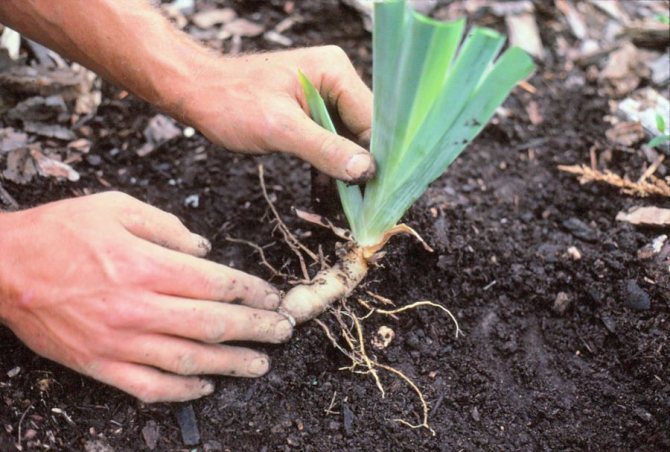

The planting process consists of the following steps:
- The roots of the seedling are soaked in a weak solution of potassium permanganate or the preparation "Maxim Dachnik" for 20-30 minutes. The leaves are cut in the shape of a house, leaving a center height of about 20 cm.The roots are shortened to 10 cm.
- A hole 15 cm high is dug on a prepared bed. The distance between plants is 30–40 cm. To prevent the development of root rot, the hole is watered with a fungicide solution (Hom, Fundazol, Fitosporin).
- A layer of sand or small pebbles is laid at the bottom of the hole as drainage. In the center, a low hill of soil is poured and a seedling is placed on it, spreading the roots along the slopes to prevent them from bending.
- The hole is filled with earth, tamping each layer. The root collar is placed above the soil surface, the leaves are directed strictly vertically. In a properly planted iris, part of the rhizome should be visible above the surface, since it needs the sun's rays to form the shoots correctly.
- The plant is watered, spending 1 liter of water per bush.
Important! Too deep planting of iris will lead to decay of the rhizome and death of the plant.
For Dutch and bearded irises, there are planting nuances.
Landing technology
Bearded and beardless varieties are very similar in planting technology and subsequent care - they are bred using roots or seeds.
In the second year, the root system already allows for single division.
For 4-5 years, she simply requires it, otherwise the plantings thicken and the quality of flowering deteriorates greatly.
Breeding with roots
A well-grown healthy bush is selected for division. A month before transplanting it is stopped fertilizing, watering is reduced by 2 times.
To get planting material, you need:
- dig in a bush around the perimeter;
- carefully pull it out without breaking off the small roots;
- dry;
- with a sharp knife, divide into segments, each of which will have a root section of at least 10 cm, a fan of leaves, several dormant buds;
- cut the leaves to 1/3 the length;
- treat the places of cuts at the root with crushed coal;
- as an option, disinfection is carried out with ash or manganese solution;
- if a part of the rhizome without leaves is intended for planting, it is preliminarily kept in the sun (2-3 days) to improve growth;
- a mound is formed in the middle of the hole, raising the rhizome above the ground;
- the bush sits on an elevation, the feeding roots spread out along its slopes;
- neighboring plants are planted no closer than 15 cm, large varieties require a distance of 45-50 cm;
- bulbous species deepen no more than 12 cm.
It is worth considering: if you need to quickly breed the variety, you can use small fragments of the rhizome without leaves.
For good growth and abundant flowering, new bushes are planted with the rhizome in a southerly direction. This factor must be taken into account when planning the size of the flower garden.
The plant is planted correctly if the leaf fan is strictly vertical, the root part and neck protrude slightly from the ground. After 2-3 weeks, the plant should take root confidently.
Growing from seeds
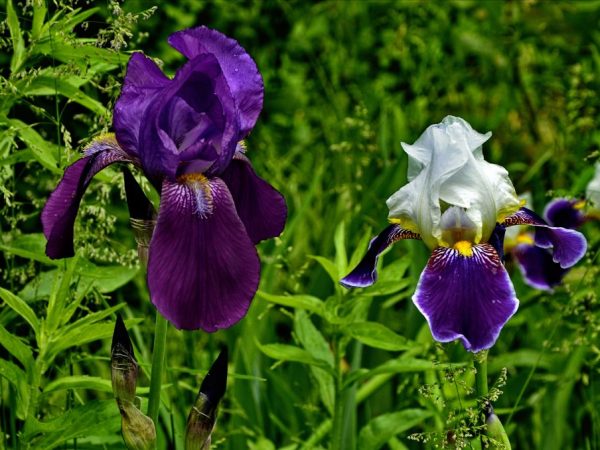

Rare varieties are grown from seeds
Sometimes you want to plant some special variety that your neighbors and acquaintances do not have. Such plants are ordered online or bought in specialized stores. There they are sold mainly by seeds. The process will last longer, flowering will have to wait 2-3 years.
Marsh, Siberian, varietal, Japanese species are grown from seeds. The disadvantage is the possibility of cross-pollination and violation of parental characteristics.
Outwardly, the seeds are large, brown. Ripen within 2-2.5 months in seed pods after flowering.
Autumn sowing is preferable, because during storage of seeds, their germination rate decreases rapidly.
The term is not fundamental, the main requirement is at least 3-4 weeks before the first frost.
- Ridges are prepared in advance at a distance of 20-35 cm.
- The seeds are buried 2 cm, covered with fallen leaves, mulch and a double layer of geotextile on top.
- Seedlings are transplanted to a permanent place in the spring, after the soil warms up to +15 degrees.
Standard summer care consists of watering weekly, fertilizing 3 times per season, and weeding regularly.
Help: it is unacceptable to use manure, in any form.
How to plant irises correctly


Correct planting of iris bulbs
How to plant irises to get the best decorative qualities from them? When planting roots, the upper bud should not be deeply buried, it should protrude slightly under the soil level. The distance between two neighboring plants is left from 20 cm to half a meter, depending on the selected variety. Bulbous flowers require less space, rhizome flowers (especially bearded ones) need more space.
Planting bulbous varieties of irises has its own characteristics. Work is carried out in early spring or autumn, but it is necessary to cope before the onset of the first frost. To prevent the bulb from freezing, the soil temperature must be at least + 11 ° C. A small trench should be dug into which the irises are planted to a depth of 3.5 cm. In general, the planting depth should not exceed 12 cm. The removed soil is mixed with oily garden soil, crushed coal, a small amount of river sand and double superphosphate. The dug trenches are disinfected by sprinkling with a solution of potassium permanganate and a growth stimulator. The bulbs are placed at a distance of 20 cm from each other, not too deep. After that, the trench is filled up, the soil is lightly tamped.
Iris varieties
Attention! You cannot plant irises in heavy soil, you need to add compost, river sand of a coarse fraction and peat there.
Planting scheme of root irises
Planting rhizome irises is done as follows. For the root, a small hole is dug, a small mound of earth is poured in the center of it. The central root is laid on it, the lateral processes are distributed evenly along the edges of the tubercle. The plant is covered with soil, sprinkled on top with a small amount of river sand, after which the soil is tamped.
Attention! The roots of irises should not be deeply buried, they should come out a little to the surface of the soil.
Experienced gardeners recommend planting work in spring or summer. During the warm season, the flowers have time to take root well, and they are no longer afraid of the winter cold. Next year, they will delight the owner with exuberant flowering.
It is recommended to plant dwarf iris varieties according to the 15x50 scheme, tall ones - 30x50 cm.When a group planting, the distance in a group is left 30 cm, between groups - at least half a meter.
Planting forms of irises
When planning the location of plantings of irises in the garden, you need to know and be sure to take into account some features. Tall varieties should be placed in the background of landscape compositions. Irises look great in compositions with conifers, other flowers or fruit shrubs. They are suitable for planting in rock gardens, multi-color or one-color flower beds. Siberian varieties or swamp varieties are able to fill a damp area and even shallow water. Flowers look great against the background of forged elements, wild stones.


Iris planting forms
As a decorative addition, irises are used in mixed flower beds, consisting of dwarf varieties of conifers, flowers and shrubs. Landscape designers plant them on lawns in small clusters. Since the plant is not aggressive, it can be planted with poppies, lilies or lupins.Irises and daylilies are the perfect composition. Since the latter have a longer flowering period, the flower bed will not lose its decorative effect over time. In addition, the roots of daylilies lie deeper, so they will in no way compete for moisture and nutrients.
If there is a reservoir in the personal plot, irises are used to decorate it. You can even not combine them with anything, which will look quite natural. If there is a desire to combine them with other colors, then they must be combined in color. Otherwise, the flower bed will not look harmonious.
When planting several varieties of irises in one flowerbed, varieties with a monochromatic color should be combined with variegated ones. Dark shades will look great with lighter shades. Several variegated or multi-colored varieties in one flower bed look ridiculous, because with the simultaneous blooming of the buds in the eyes, it begins to ripple.
Attention! When planning a flower bed, it is important that the planted flowers and plants do not shade each other.
The root system of irises is located extremely close to the soil surface, therefore the rest of the plants should be selected in such a way that their roots go deeper. It is also necessary to maintain a certain distance between colors.
Despite their unpretentiousness, irises require timely removal of weeds and loosening of the soil, therefore, planting should not be placed too close to each other. You should also choose flowers in such a way that the flower garden is pleasing to the eye throughout the season. You can even recreate such a miracle with the help of irises. After all, some varieties are capable of blooming twice a year, there are also such species, the flowering period for which falls almost in the middle of summer.
Mulching and shelter for the winter
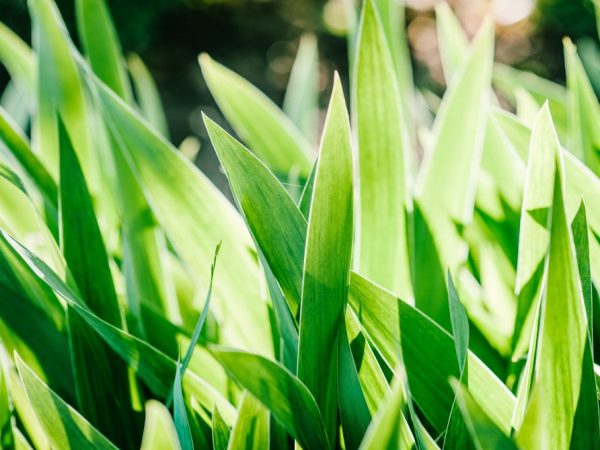

Flowers for the winter need to be covered
In the southern climatic zones, rice is not sheltered for the winter, because they can withstand small drops in temperature directly under the snow cover.
In the least favorable climatic areas, the flower culture will freeze and die without shelter.
There are varieties that cannot cope with the cold without protection. These include all Dutch and Japanese bulbous, tall and rhizomatous (comb, lake, unnamed).
Regardless of the growing region, it is imperative to cover young and newly planted irises and bushes with a bare root system.
Protect the ridges from winter cold by mulching, spreading a layer of 5-7 cm.As mulch are suitable:
- rotted manure or compost;
- peat crumb;
- coniferous bark;
- soil-sand mixture 1: 1;
- sawdust.
Many growers have given up mulching with leaf litter and straw, because such organics, when moisture enters, quickly decays and becomes a favorable environment for the development of fungal diseases.
In the northern regions, it is additionally recommended to lay a covering non-woven material, for example, agrofibre, on top of the mulch layer.
It is necessary to cover the flowers in October-November, when frosty weather finally sets in.
If the freezing of irises is observed year after year, they need to be dug up with a bookmark for storage for the winter. Do this after the foliage is completely yellow and dry. Store the bulbs that have been dried and treated with insecticides.
How to feed irises
In the spring, to help the plant quickly form green shoots, it is recommended to fertilize the soil with complex mixtures. A well-developed root system is essential for healthy growth. Phosphorus contributes to this process. And to grow beautiful and large green leaves, nitrogen is required, which comes from the soil through the roots. It is better to apply nitrogen-phosphorus fertilizers at the very beginning of the growing season. It is allowed to feed the plant even in the snow at the end of March, the first days of April.
When it's time to bloom, potassium is needed.It is he who will help the plant bloom luxuriantly and for a long time. If there is a lack of one of the elements in the feeding, the cost of its implementation will not be crowned with success. Therefore, the use of two or three-component formulations is recommended. Watering with phosphate-potassium fertilizers will improve the quality and size of flowers.
How to feed irises after flowering in July? Having given strength to the formation of peduncles and the ground part, the plant is weakened. Therefore, it is susceptible to various diseases. Another source of potassium is wood ash. It can be sprinkled on the soil around the crop, reducing the acidity of the soil and preventing fungal infections.
Top dressing of irises with potash fertilizers with the addition of phosphorus is repeated 3-4 weeks after flowering, when buds of the next year begin to form and new roots grow.
Additional Information: it is recommended to add 3-5% sulfur powder to the formulations of autumn dressing for the prevention of bacteriosis.
For plants of the first year of life, the fertilizer rate indicated in the instructions is halved.
Protection of irises in the fall from pests
Particular attention should be paid to protecting plants from pests and diseases. Damaged and diseased plants will not be able to withstand even mild frosts.
If you don't practice using pest control chemicals in your flower gardens, tobacco can help, which is both a good pest control and top dressing. You can apply different methods: spraying, fumigation or pollination. Wood ash and onion husks work well in this direction. And the pests will be driven out, and the flower will be cured.
